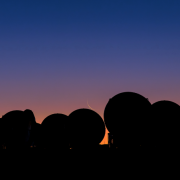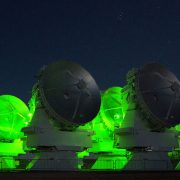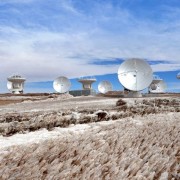The ALMA Director, on behalf of the Joint ALMA Observatory (JAO) and the partner organizations in East Asia, Europe, and North America, is pleased to announce the ALMA Cycle 6 Call for Proposals. It is anticipated that 4000 hours of the 12-m Array time and 3000 hours of the Atacama Compact Array (ACA) time, also known as the Morita Array, will be available for successful proposals from Principal Investigators (PIs) in Cycle 6.
ALMA Cycle 6 proposal submission will open at
15:00 UT on Tuesday, 20 March 2018
The Cycle 6 proposal submission deadline is
15:00 UT on Thursday, 19 April 2018
You can find the Call for Proposals at:
https://almascience.eso.org/proposing/call-for-proposals.
In the following link you can also find a poster prepared by the EPO department at JAO with a summary of the new capabilities offered in Cycle 6:
ALMA_Cycle6_Capabilities_Poster









